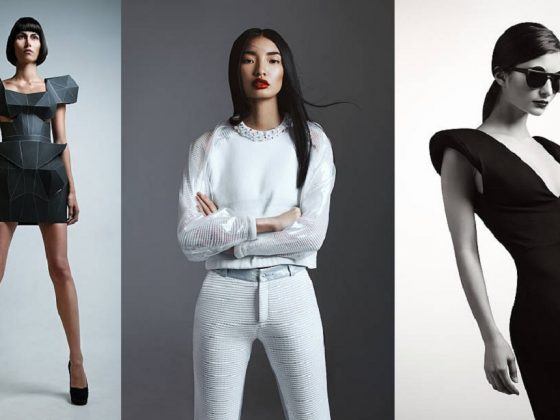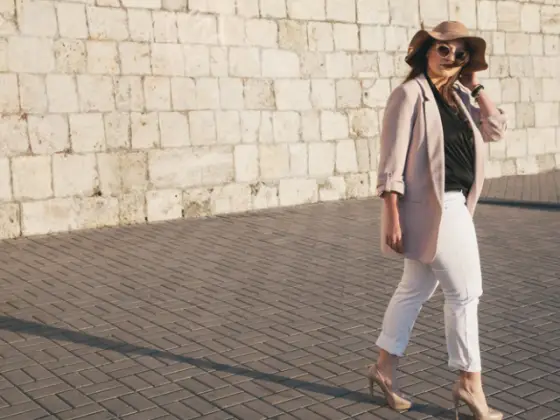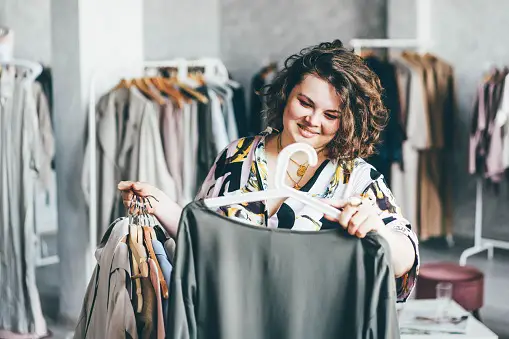Where to start with your Professional Attire
Building up your professional wardrobe isn’t just wearing a full-on suit and also not wearing a sundress with flipflops. It is a mix and match combination of neutral tops, bottoms to make it more formal. It is very wise to invest more on neutral colors like black, navy, brown, gray, beige and white.
It is very challenging to find business attire that looks good on you while mix and matching it will all of your other collection in your wardrobe. Shopping for it carries that half of the whole challenge, combining or mix and matching it to create a stylish look and comfortable to you is the other half that you should work with too.
Depending on your budget, prices for a full business professional closet can range from $300 to well over $2,000.
Large Budget
For ladies on a larger budget, the best places for professional business wear are luxury department stores like Barneys New York and Bergdorf Goodman, which offer high end suiting from Armani and Hugo Boss, and work-appropriate attire from brands like The Row and Celine.
Mid-Range Budget
Stores for purchasing professional attire on a $300-$500 budget include Brooks Brothers, J. Crew, Ann Taylor, and Theory. Department stores like Bloomingdale’s and Nordstrom also offer suiting options that fall in this price range.
Entry-Level Budget
There are plenty of great options for finding professional clothing on a budget. If you are just starting out and are in need of a cheaper alternative, fast fashion retailers like H&M, Topshop, and Forever 21 all offer suiting options. However, it is important to take into consideration fit and length, as these cheaper options are typically shorter and tighter than is appropriate for the office. In this situation, spending a little more on tailoring would pay off in the long run.
The Basics of Professional Attire
The keys to professional attire start with cleanliness and well-fitting clothes, as well as avoiding inappropriate attire.
- A suit, no matter how expensive, will always look disheveled and unprofessional if it is unironed or too tight.
- As a rule of thumb, skirts should be no shorter than the tips of your fingers.
- Buttons on your shirt should not gape open when worn.
- Suits and trousers bought off the rack often do not fit perfectly, so tailoring may be needed for a proper fit.
Building Your Work Wardrobe
If you’re a recent graduate starting out in the workforce, or someone looking to build up your professional workwear closet, it is best to initially purchase two suits (one pantsuit, one skirt suit) in a season-less fabric like wool, and three to five shirts that pair well with your suits. As you grow into your role or add to your wardrobe budget, accessories and additional trouser, blouse, and dress options can slowly be worked into your closet.
Neutrals colors is always your get go business attire, you can pair them with a any kind and color of tops. Choose to wear colored pants in a dark hued color like Navy or dark shade of olive green. You can also try pinstripes or a small plaid. Mid- or high-rise both work, and the hems can be cuffed or uncuffed. I like wide-legged trousers, but you can also go with a straight leg, boot cut, or ankle-length.
Your business casual attire should change during the seasons to improve your style. During the fall and winter look for thicker fabrics with color and design synonymous with the color of the season.
During spring and summer, always look for lighter fabric pants color. Depending on your mood and style you could even wear wide-leg cropped pants in pastel colors.




